Over the last year, the pair of "brotherly brands" in Revive MD and Raw Nutrition have brought us some incredible supplements. With the health-minded Revive MD and the sports nutrition centric Raw Nutrition, each brand has its own way of approaching different categories.
Today, we're going to approach sleep, with the new aptly-titled Raw Nutrition Sleep supplement. This is a flavored sleep aid powder that comes in a five gram serving size, allowing us enough room to add vitamins, minerals, herbs, and other sleep-inducing compounds.
Supplement and produce more melatonin
One of the core themes with Raw Sleep is that it'll help you generate more melatonin, given its inclusion of tryptophan, vitamin B6, and vitamin C -- as well as melatonin itself. It also has minerals in the form of magnesium and zinc, in highly bioavailable forms. To top it off, we have some herbs in the vastly-underrated lemon balm, a well-absorbed ashwagandha, and newcomer hawthorn berry. This is quite a unique sleep supplement.
Sleep hygiene is always most important - put that phone down before bed and do what it takes to reduce stress. If you've taken too much pre workout or having too much trouble getting down for sleep, and enjoy the effects of quality melatonin production, then get ready to dive in with Raw Sleep:
RAW Nutrition RAW Sleep – Deals and Price Drop Alerts
Get Price Alerts
No spam, no scams.
Disclosure: PricePlow relies on pricing from stores with which we have a business relationship. We work hard to keep pricing current, but you may find a better offer.
Posts are sponsored in part by the retailers and/or brands listed on this page.
This area is reserved for Team PricePlow's upcoming Ingredients video.
Subscribe to our channel and sign up for notifications so you catch it when it goes live!
Raw Nutrition SLEEP Ingredients
Here's what you'll get in each five gram scoop of Raw Sleep:
-
Magnesium (as Magnesium Glycinate) - 200mg
Raw Nutrition kicks sleep off the right way - with magnesium. And not just any magnesium, but our preferred form of magnesium for sleep, Magnesium Glycinate.
We've extensively covered how our food supply has been strip-mined of essential vitamins and minerals due to monocropping and abysmal care to our once-fertile soil.[1-6] When researching these recent soil deficiencies, magnesium often tops the list in terms of lost content, with agriculture showing as much as an 80-90% decline![1-6]
This is of critical importance, because we've linked magnesium deficiency to stress, anxiety, and chronic fatigue.[7] The mineral plays a vital role in neurotransmitter regulation, especially when it comes to stress and sleep.[7] So if we want to relax and sleep well, one of the first things we should look at is magnesium status.
The easiest way to do it, if we can't farm our own food and raise our own cattle on fertile soil? Supplement it back. Its use has been widely studied, and a 2017 meta analysis concluded that magnesium supplementation has a very beneficial effect on anxiety.[8]
But even more important for us is that two studies have demonstrated magnesium's ability to help humans sleep better.[9,10] Those studies showed reduce sleeping cortisol levels, normalizing sleep patterns.[10] Another study showed that those who consume the least amount of magnesium take the longest to fall asleep.[11]
Why magnesium glycinate?
There are TONS of magnesium supplements on the market, but which is best? It depends on your needs, and for sleep, we choose glycinate.
Minerals are great, but minerals aren't easily absorbed by the small intestine. We are, however, great at absorbing amino acids! To solve this, many supplement manufacturers bind minerals to high-absorption amino acids. It works in the field, too: magnesium glycinate turns out to have far greater bioavailability than magnesium oxide![12]
But there's another benefit to bind it with glycine -- it too helps with sleep![13-21] While the clinically-studied dose of glycine is three grams per day, and we don't have that, we'll take any bonus glycine we can get. So while there are several types of magnesium supplements used for several reasons, when it comes to sleep, we most prefer glycinate.
Added benefits of Mg
It's worth mentioning that with magnesium, we've seen better maintenance of bone integrity,[22] which is important as we age. There's also fantastic research with regards to insulin sensitivity, and it seems to help maintain blood glucose levels -- magnesium consumption may decrease the risk of type-2 diabetes.[23]
The recommended daily value of magnesium depends on your age and gender, lying between 240 and 420mg.[24] We're close to that, and assume you're going to get more throughout your day in your diet. Overdoing it on magnesium can send you to the bathroom, so a 200mg dosage is a smart play when you have so many other ingredients to add.
-
Zinc (as Zinc Citrate) - 11mg
We recently covered zinc in Raw Nutrition's Test supplement, and went even deeper in our article on Revive MD's Zinc supplement. From immunity to mood to acne prevention to cognition, there are just so many reasons to include zinc in your diet, and all of those are covered in the article linked above.
Zinc and sleep: it works, but the mechanism is still under investigation
Researchers have long suspected zinc to be beneficial for sleep (as it's beneficial for nearly everything else in life), but only recently has research been conducted to look at it further.
Revive MD's Zinc is out, and it brings 50mg elemental zinc from OptiZinc (zinc monomethionine).
In a 2011 study, researchers added zinc to melatonin and magnesium (both present here in Raw Sleep) and noted that the blend had a "considerably better" beneficial effect.[25] Magnesium may have been doing the heavy lifting there, but the study in this blend is pertinent because we have it here in Raw Sleep as well.
Researchers have also noticed that sleep quality is better in children who have healthy blood zinc concentrations,[26] reminding us that this is not something to have anyone be deficient in. Further research has demonstrated improvements in sleep quality (SQ)[27] and it was repeated in women with PMS with marginal benefits as well.[28]
A 2017 review looked at all known studies on sleep in humans and mice, evaluating why it works so well (they're no longer asking "if", but "why").[29] They concluded that it's of little interest to the scientific community, and that the mechanisms are simply unclear, but it's a core component of the central nervous system that shouldn't be taken for granted.
Ultimately, researchers are generally interested in more "cutting edge" science, and have basically come to terms with the fact that we should get enough zinc in our diets through meat, shellfish, or supplementation for a myriad of reasons - including sleep. Maybe someday someone will iron out the biochemistry behind it - but either way... we add it to our sleep aid.
-
Vitamin B6 (as Pyridoxal-5-Phosphate) - 10mg (294% DV)
Vitamin B6 is well-known in ZMA supplements, which are taken before bed, so it's not surprising to see it here next to zinc and magnesium. This is primarily here to help the Vitamin C and magnesium, which are cofactors in producing melatonin from tryptophan.
The good form of Vitamin B6!
What's the deal with Pyridoxine causing all of that cell death?! It's probably best not to supplement it. In this chart, higher is WORSE![30] We'll stick to P5P.
We greatly appreciate the way Revive MD and Raw Nutrition stick to using the higher quality form of Vitamin B6, Pyridoxal-5-Phosphate (P5P), as we recently covered this in the Revive MD Brain+ supplement as well.
The cheaper, plant-based form in pyridoxine can actually get oversaturated and cause high amounts of sensory neuropathy.[31] Oddly enough, it actually inhibits some vitamin B6-dependent enzymes, which can then limit absorption![30,32] On the other hand, P5P is readily phosphorylated and absorbed,[33] and is the type of B6 that the body can actually use for metabolism, energy conversion, and neurotransmitter transmission.[34]
Vivid dreams?!
Very interesting effect: the other form of Vitamin B6, pyridoxine, has been shown to produce more vivid dreams![35] This is often reported by ZMA users, and if the effect works for P5P as well, you may just have a bit more of a memorable night!
-
L-Tryptophan - 500mg
L-Tryptophan is an essential amino acid that the body converts into serotonin, and then converts to melatonin when the time and setting are right.[36] In that vein, you can consider it "time-released melatonin", but as an essential amino acid, it's of course utilized in several other ways and deficiency should be avoided.
In the supplement world, we don't always see high tryptophan doses (this often scares consumers in workout supplements, falsely thinking it'll instantly make them fall asleep), so it's great to see a high dose of it here.
The conversion process to serotonin and melatonin can help increase sleep quality, and it especially works in the case of deficiency. In addition, overall mood and general sense of well-being will be improved with tryptophan and its sleep-friendly derivatives.[36]
-
Lemon Balm extract (>7% rosmarinic acid, >14% hydroxycinnamic acid) - 300mg
Lemon Balm is also known as Melissa officinalis, and is one of the most underrated sleep aid ingredients we know of. This herb is from the same family as mint and has a slight lemon cent, hence its name. More importantly, it's long been known for its mildly sedative and calming properties. It helps prevent the breakdown of GABA, our "downer neurotransmitter".
Some of the primary constituents are rosmarinic acid, caffeic acid, and melitric acid,[38,39] and it's great to see one of these specifically called out in Raw Sleep's label.
A pilot study demonstrated that lemon balm extract can reduce anxiety and symptoms of insomnia - declines of 18% and 42% respectively.[40] However, it's important to note that the 300 milligram dose was used twice per day in that study.
Research has shown not just improved sleep and lower stress and anxiety, but improved cognitive performance and mood too![41-43] The majority of supplements are dosed at 300-600 milligrams, which we have here.
There is additional research showing improved sleep quality, but a lot of it is confounded with valerian, something not in Raw Sleep. However, on its own, we still believe this is one of the more calming, relaxing ingredients that nobody talks about.
-
Hawthorn leaf and flower extract - 250mg
Also known as Crataegus laevigata, leaves and flowers of hawthorne have been used as sedatives and relaxants for hundreds of years around the world, including Europe and Asia.[44] The French have historically used it for anxiety and insomnia.[44]
One study did experience a reduction in anxiety, but not to the degree of statistical significance.[45]
This is the first time we've encountered it in a sleep supplement, and there is no published research on its effects in terms of sleep. We consider this the "wild card" of Raw Nutrition's Sleep, and hope it can help to relax users. Its primary use is to regulate blood pressure.
-
NooGandha (Ashwagandha Root & Leaf Extract) - 250mg
NooGhanda is a relatively new ashwagandha product, an adaptogenic plant that's no stranger to readers of this blog -- ashwagandha is nearly everywhere lately.
Interestingly, Revive MD and Raw Nutrition have chosen to use several different types of ashwagandha extracts in their supplements, with KSM-66 in their Revive MD Ashwagandha and Raw Nutrition Test, Shoden in Revive MD Men's Health, and now NooGandha in Raw Sleep! No matter which way you turn, Dr. Dom is going to get you with some ashwagandha.
This is for good reason - ashwagandha has been used successfully for numerous issues, with a massive amount of research showing that it can optimize hormones,[46] decrease cortisol (of interest here),[47] improve strength,[46] reduce fatigue,[48] improve cognition,[49] and enhance body composition.[50]
Much of it works through its well-documented reduction in cortisol, with at least a couple of studies showing improvements in sleep quality and various other sleep parameters.[51,52] We're happy - and almost expect - to see a form of feel-good ashwagandha in this sleep aid.
How is NooGandha different?
Ashwagandha (blue line) reduces anxiety quickly and dramatically, especially when combined with relaxation techniques (pink control line). Good for a dieter who's about to be taking a stimulant!
Aside from keeping a diverse profile of ashwagandha supplements around, why would Raw Nutrition use this one? NooGandha differs in that it's manufactured using liposomal technology, meaning it's been encapsulated with phospholipids. This increases the bioavailability and absorption, and may even get it to cross the blood brain barrier, as our bodies are happy to absorb lipids.
It's a similar strategy as we have with magnesium glycinate, and is quickly becoming a popular ashwagandha ingredient because of it.
-
Melatonin - 3mg
Last but certainly not least, melatonin. We already touched on its normal endogenous creation in the L-tryptophan section, but there is plenty of research to show that additional melatonin can improve sleep as well. 3 milligrams is the "go-to" dose.
Blue light, sunlight, and melatonin connection
The natural melatonin process. Aralkylamine N-acetyltransferase is involved in the in the day/night rhythm and production of melatonin. It does this via serotonin. Image courtesy Wikimedia Commons.
Going even further than the description in L-tryptophan , we have Arylalkylamine N-acetyltransferase, which is the enzyme that converts serotonin into N-acetylserotonin. This enzyme is suppressed when we're exposed to large amounts of light (naturally this happens when the sun comes up).[53] This is how sunlight inhibits melatonin production.[54] That of course brings us to blue light from televisions, computer monitors, and phone screens, which have been shown to hamper the circadian rhythm.[55]
Raw Nutrition Test: Raise more than just testosterone. This is an all-around wrecking ball of a supplement, but there are definitely some lesser-traveled ingredients inside!
With melatonin, we have a sedating effect, and melatonin is often a first line of supplemental defense to combat poor sleep (after of course addressing diet and eating enough tryptophan-rich meats in the first place).
Research shows that melatonin supplements can help improve sleep, although a higher priority should be placed on sleep hygiene in the first place, which will lead to more profound effects.[56] Melatonin often improves sleep quality without side effects, especially in adults over the age of 55.[57] Many other studies have demonstrated how well it works in the wake of severe sleep problems.[58,59]
Some don't enjoy the ingredient at all, but in those cases, they've likely quickly looked at the label and already passed on it - melatonin is quite "divisive" in the world of sleep aids. But the research seems very conclusive that melatonin works more often than it doesn't.
Finally, let's not forget Vitamin C, which is also used to help generate melatonin, and is a great overall antioxidant to have around.
Flavors Available
This is a powder so you get a choice of flavors, and Raw has had some great-tasting supplements lately:
Raw Sleep: Turn your body into a melatonin-producing machine
Raw Nutrition leverages the melatonin pathway quite extensively here, with four ingredients included to ensure its production.
It goes without saying that you'll want to stop yourself from preventing its production -- turn off your phone, read a paper book, and get to bed at the same time every night. But before you do that, 30 minutes before going to bed, take some Raw Sleep, and see if you can do it without drinking too much water!
This is a unique supplement: lemon balm is always underrated, everyone with sleep issues should get into magnesium, NooGhanda should feel great, and Hawthorn is our sedative wild card that we'd love to try on its own.
Today, we also learned that zinc is great for sleep, but nobody knows why -- and it seems like scientists have more or less stopped trying to figure it out, just accepting it as truth and moving on with bigger and harder problems since there are so few downsides to taking some extra supplemental zinc.
If you're into melatonin, this is one to try, and it should stack incredibly well with any of Revive MD's other supplements or Raw Test.
RAW Nutrition RAW Sleep – Deals and Price Drop Alerts
Get Price Alerts
No spam, no scams.
Disclosure: PricePlow relies on pricing from stores with which we have a business relationship. We work hard to keep pricing current, but you may find a better offer.
Posts are sponsored in part by the retailers and/or brands listed on this page.
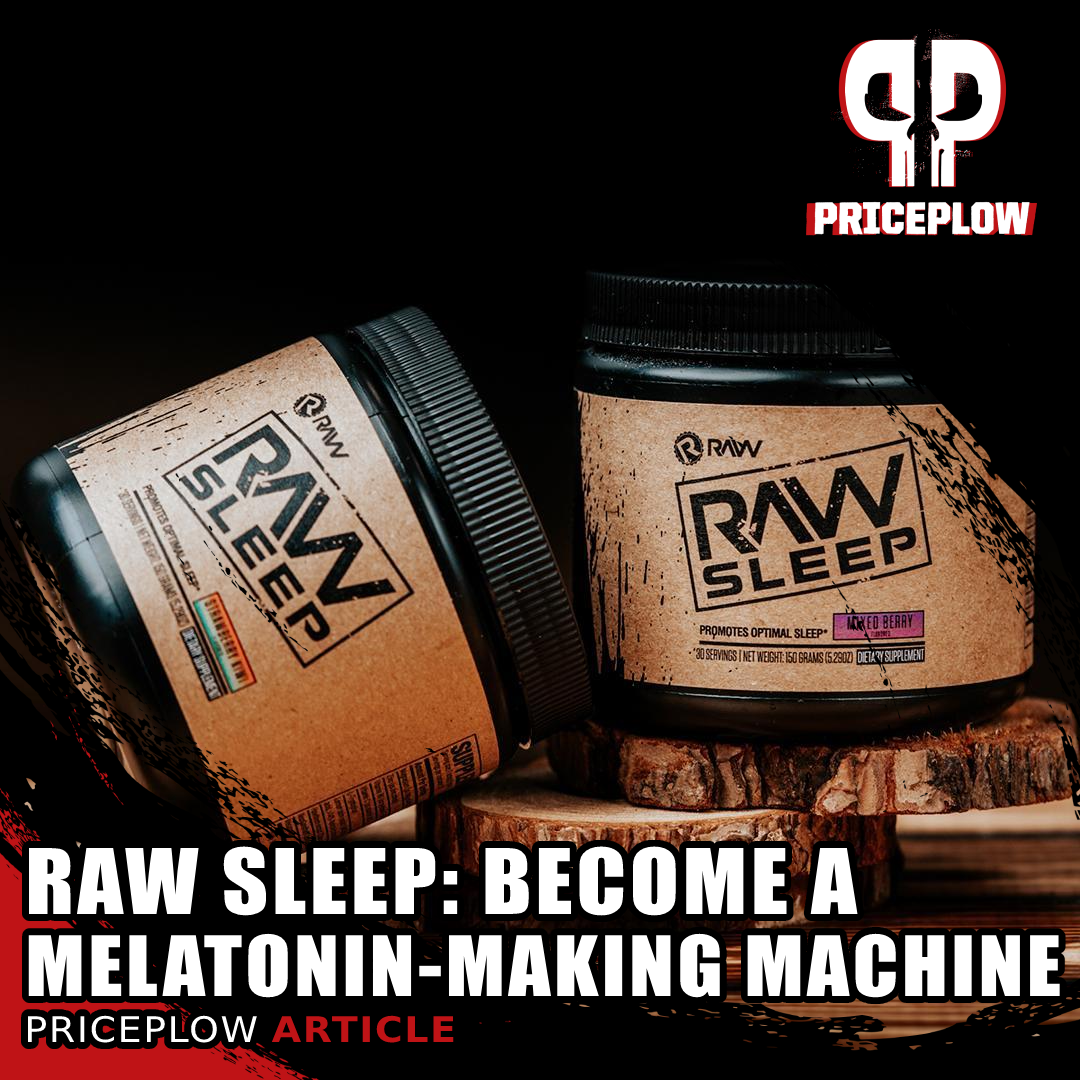
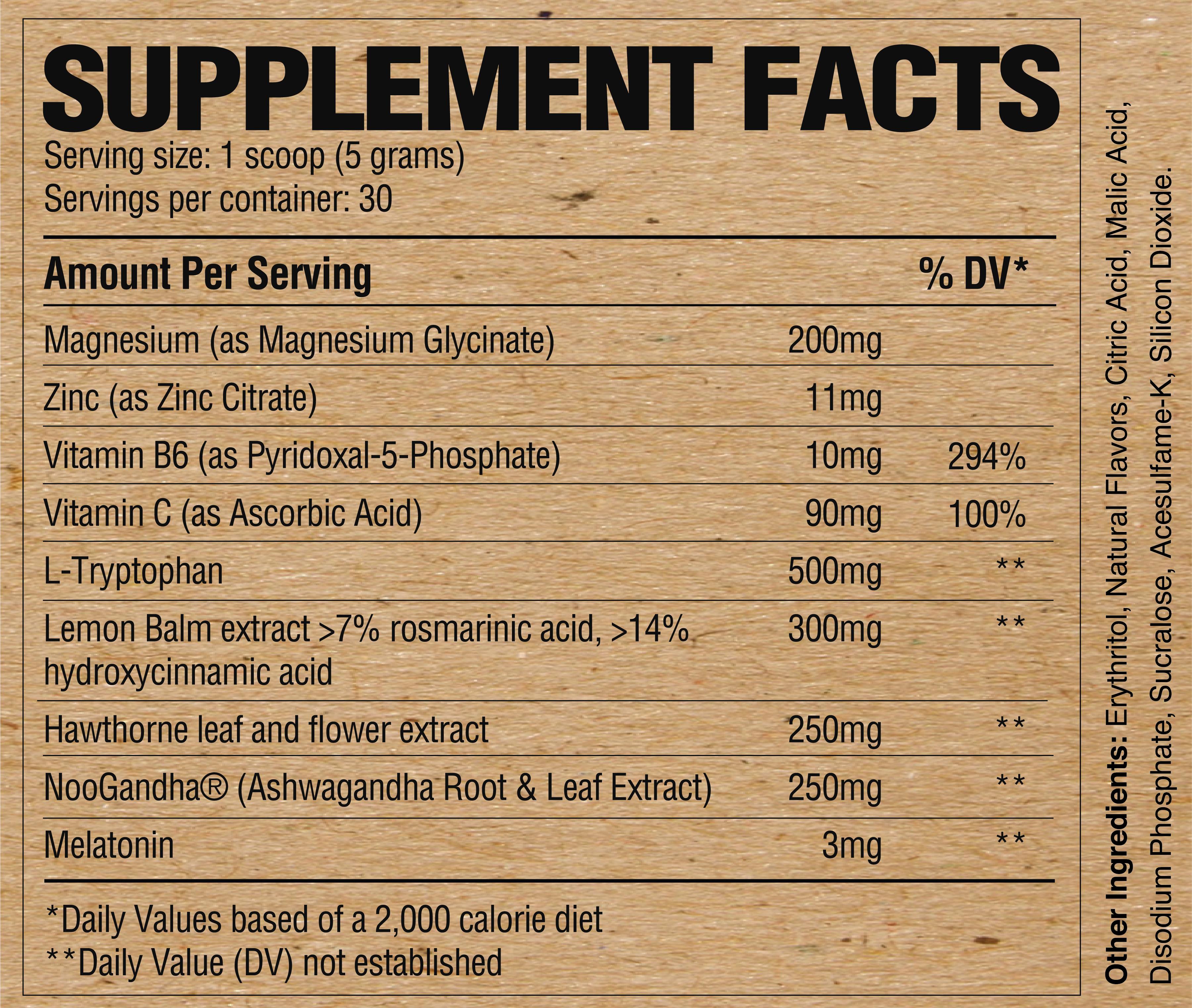
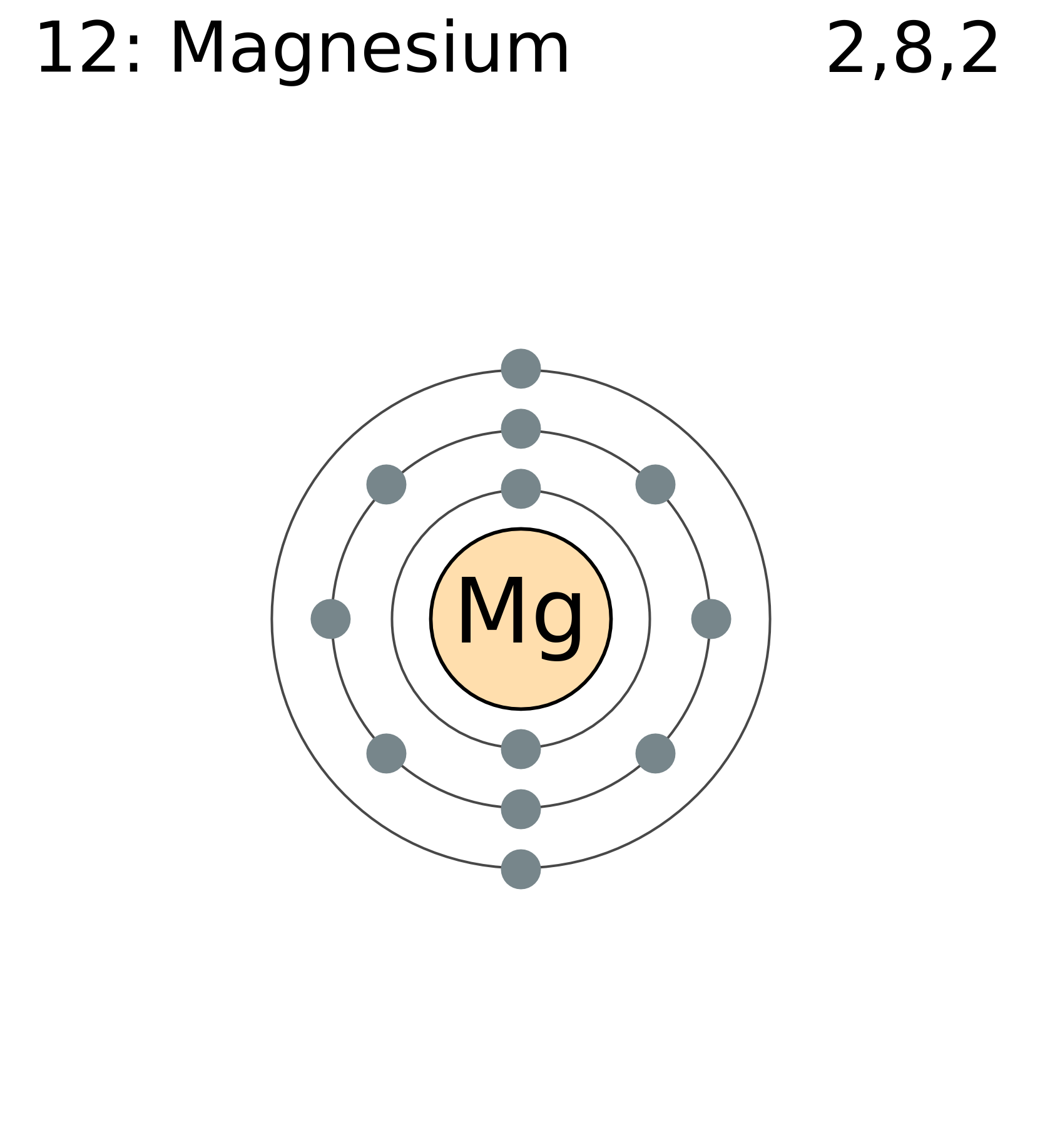

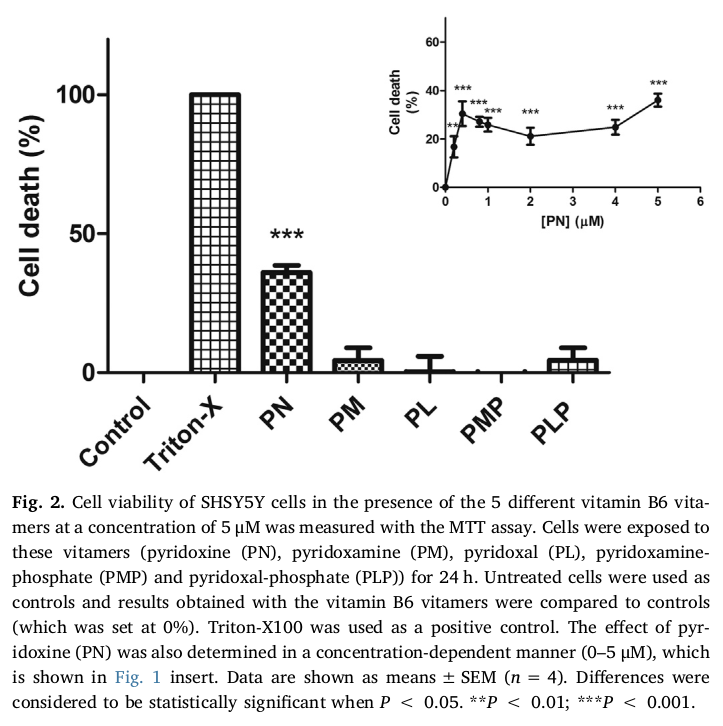
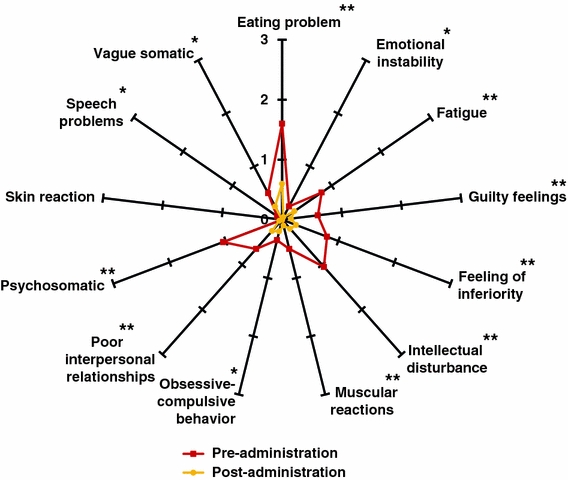

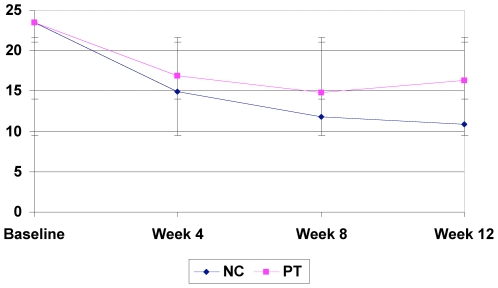

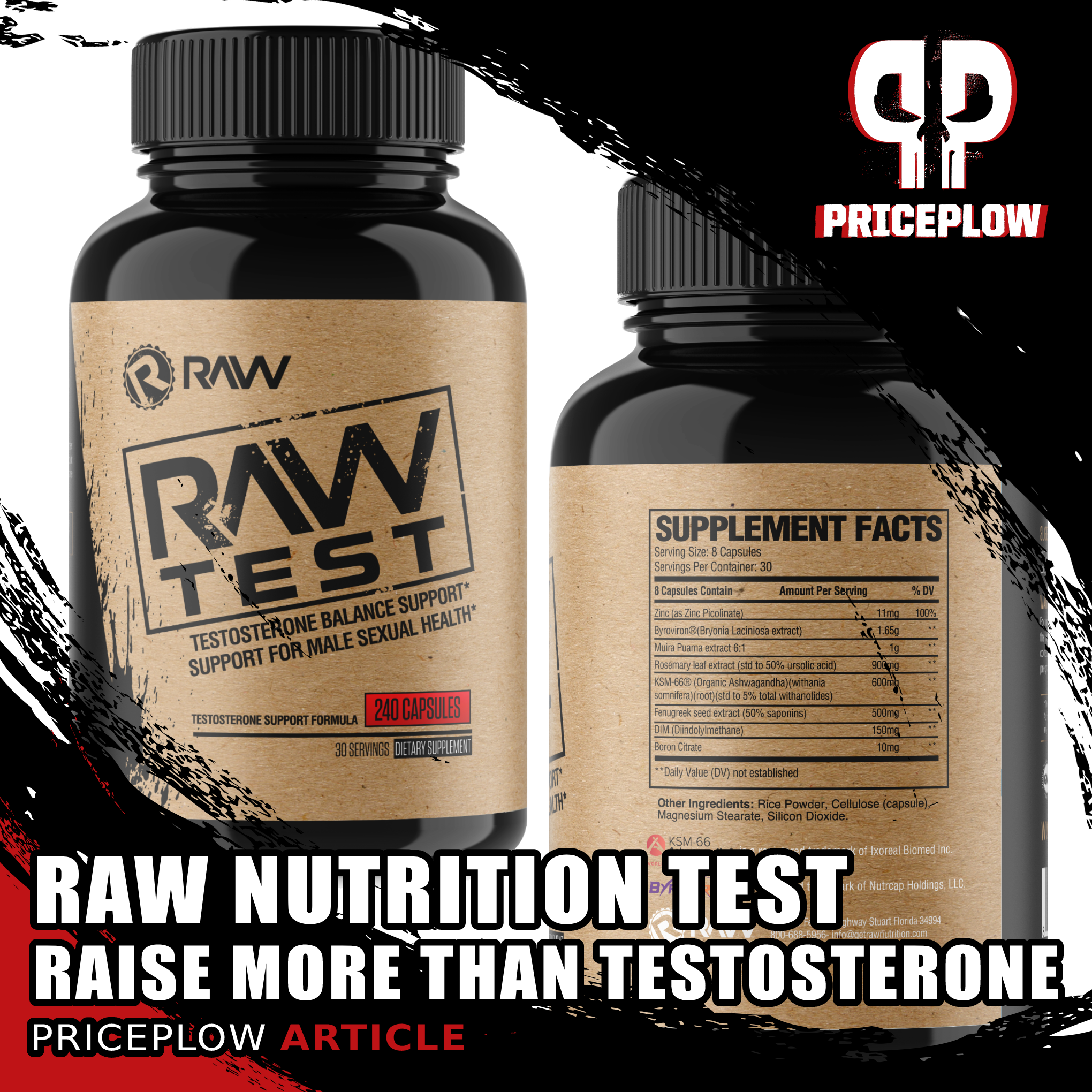
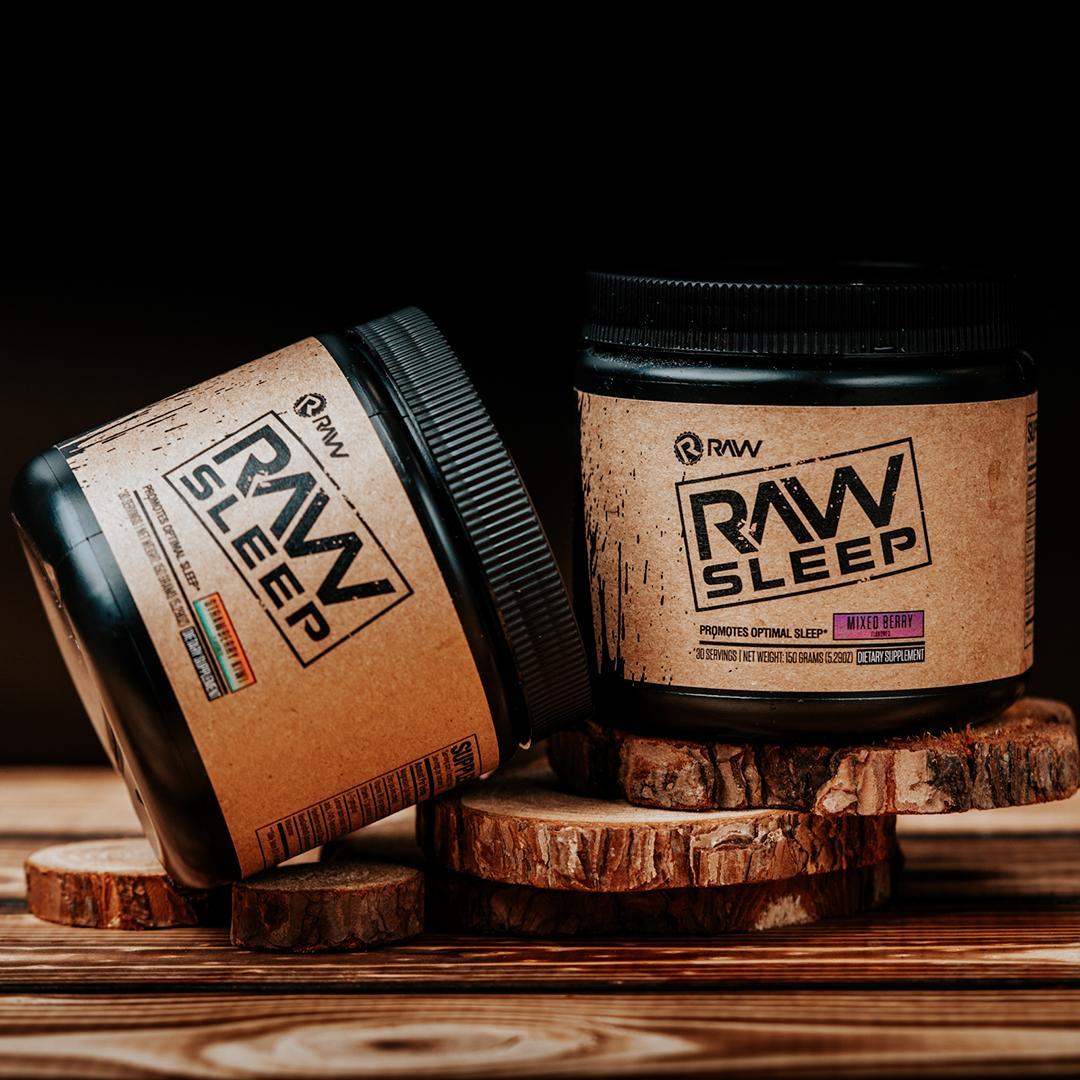



Comments and Discussion (Powered by the PricePlow Forum)